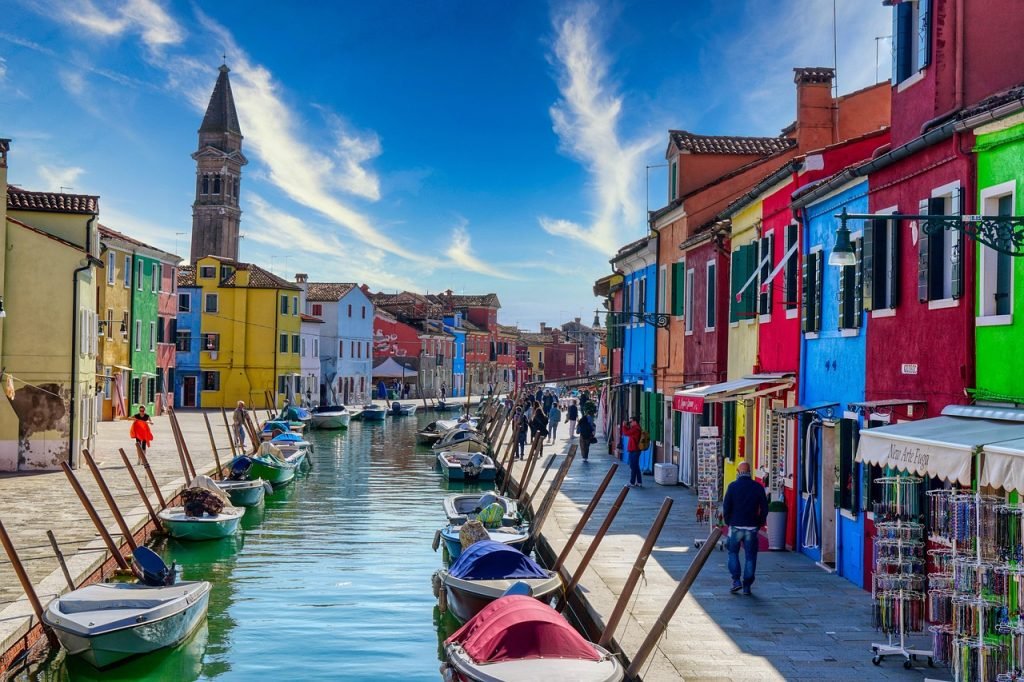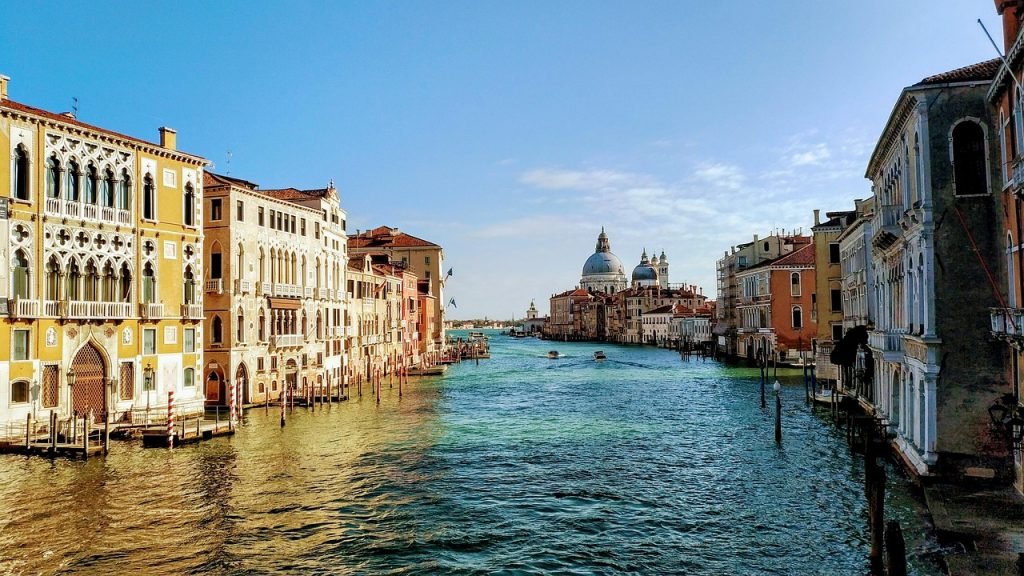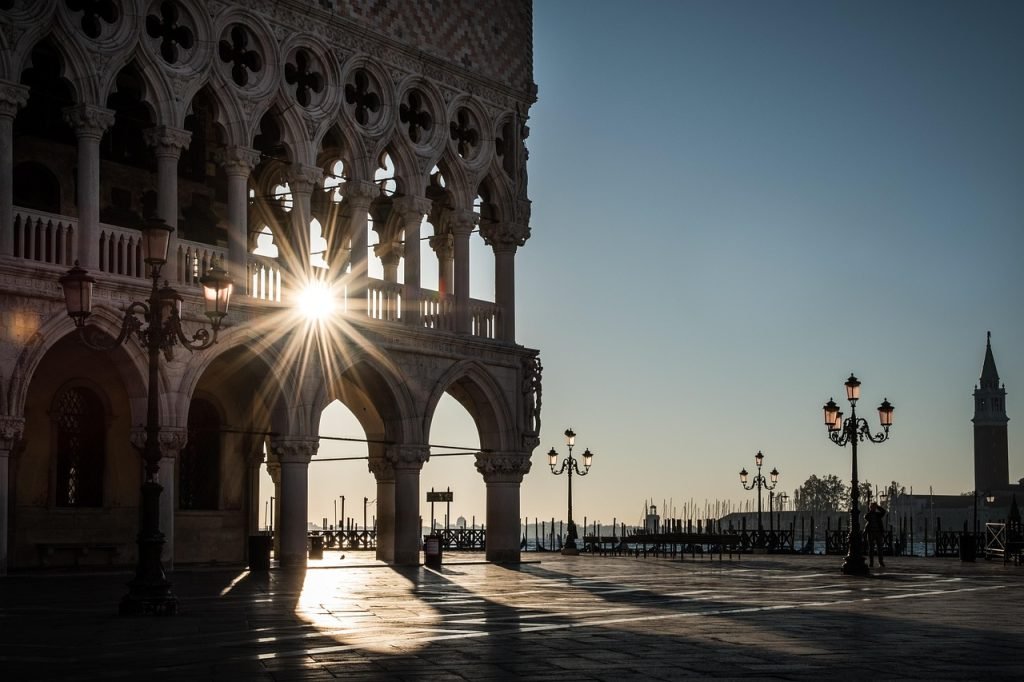After countless trips through the Venetian lagoon, I’ve perfected what I consider the ultimate island-hopping day tour. This isn’t just another tourist route—it’s a carefully choreographed dance with the rhythms of the lagoon, designed to maximize both beauty and authenticity while avoiding the crushing crowds that can turn paradise into purgatory.
The secret lies in timing, strategic planning, and understanding that each island has its own personality and optimal visiting window. Follow this itinerary exactly, and you’ll experience Venice’s outer islands the way they deserve to be experienced: with space to breathe, time to absorb, and moments of genuine magic.
Essential Preparation: Your Lagoon Passport
Before we dive into the islands themselves, let’s talk logistics. The Venezia Unica day pass for vaporetti (water buses) is absolutely essential—and I mean non-negotiable. At roughly 25 euros for unlimited daily travel, it pays for itself after just two round trips, and you’ll be making many more than that.
Buy it online in advance or at any ACTV ticket office, but whatever you do, don’t try to wing it with individual tickets. Island hopping without a day pass is like trying to explore Venice wearing concrete shoes—expensive, inefficient, and utterly frustrating.
The pass covers all vaporetti lines, including the crucial Line 12 that connects the islands. More importantly, it gives you the freedom to be spontaneous, to catch an earlier boat if the mood strikes, or to linger longer if a moment captures your heart.
The Early Bird Strategy: Why 7:30 AM Changes Everything
Here’s where most tourists get it wrong: they start their island tour at a civilized 10 AM, arriving everywhere just as the crowds do. I’ve learned through experience—sometimes painful experience—that the lagoon rewards early risers with gifts that late starters never receive.
Set your alarm for 6:30 AM. Yes, it hurts. Yes, your vacation brain will protest. Do it anyway. By 7:30 AM, you should be at Fondamenta Nove or San Zaccaria boarding the first vaporetto of your lagoon adventure. Trust me on this—the difference between arriving at Murano at 8 AM versus 10 AM is the difference between intimate discovery and tourist chaos.
The early morning lagoon is a different world entirely. The water lies still and reflective, interrupted only by fishing boats heading out for their daily work. The light is soft and golden, perfect for photography. Most importantly, you’ll have these incredible places largely to yourself.
First Stop: Murano at Dawn – The Reconnaissance Mission
Vaporetto Line 12 from Fondamenta Nove gets you to Murano in about 15 minutes. This first visit is what I call “reconnaissance”—a quick but focused exploration before the tourist invasion begins.
Step off at Murano Colonna and you’re immediately in a different Venice. The canals are wider, the pace more relaxed, the industrial heritage more visible. This isn’t the polished jewel of central Venice; it’s a working island with a thousand-year-old craft at its heart.
Walk directly to Fondamenta dei Vetrai, the main glass-making street. At this hour, you might catch artisans opening their workshops, preparing furnaces that will burn at 1,000 degrees Celsius, or arranging yesterday’s creations in morning light. The contrast is striking—these ancient techniques producing contemporary art in a setting that hasn’t fundamentally changed in centuries.
Santa Maria e San Donato church deserves a quick visit. The 12th-century mosaic floor is extraordinary—geometric patterns that seem to shift and flow as you walk across them. The apse features a stunning mosaic of the Virgin Mary that rivals anything in San Marco, yet you’ll likely have it almost to yourself at this hour.
Spend about 1 hour on this initial Murano exploration. Note interesting workshops for your return visit, but resist buying anything yet. This is reconnaissance, not shopping. The goal is to get a feel for the island’s rhythm and identify where you want to spend more time later.
The Journey to Torcello: Stepping Back in Time
From Murano, catch Line 12 toward Torcello. This 20-minute journey through the northern lagoon is pure meditation. You’re traveling through a landscape that has remained essentially unchanged since the Roman Empire—salt marshes, tiny islands, fishing nets drying on wooden posts.
Torcello is where Venice began, before Venice even existed. In the 7th century, this was a thriving city of 20,000 people, a major Byzantine outpost, the commercial heart of the northern Adriatic. Now, it’s home to perhaps 10 permanent residents and some of the most haunting beauty in the entire lagoon.
The vaporetto deposits you at a small dock, and from there, it’s a 10-minute walk along a raised path through marshland to reach the island’s heart. This walk is part of Torcello’s magic—you’re literally walking through history, through landscape that connects you to pilgrims, merchants, and refugees who walked this same path over a millennium ago.
Cathedral of Santa Maria Assunta dominates the island—a massive brick structure that seems impossibly grand for such a tiny place. Inside, the 12th-century mosaics are breathtaking. The Last Judgment on the west wall is particularly powerful. Christ in majesty, surrounded by apostles, while below, the dead rise from their graves. The Virgin and Child in the apse seems to float in golden light.
Climb the campanile if it’s open. The view from the top reveals the lagoon’s true character—a vast expanse of water, marshes, and tiny islands stretching to the horizon. You can see the entire sweep of Venetian history from here: Torcello’s ancient glory, Venice’s medieval rise, the modern industrial complexes of Mestre.
Lunch at Taverna Tipica Veneziana: Like Joining an Italian Family Feast
By now, it’s approaching noon, and you’re probably getting hungry. This is where my timing strategy pays its biggest dividend: Taverna Tipica Veneziana for lunch on peaceful, uncrowded Torcello.
Here’s what makes this place absolutely unique—it’s not a restaurant in any traditional sense. There’s no table service, no formal atmosphere, no pretense whatsoever. Instead, imagine stumbling upon a local sagra (village festival) that happens to serve some of the most authentic Venetian food you’ll find anywhere. The entire experience takes place in an open-air garden setting. You’ll find yourself sharing communal tables with Italian families..
The magic happens when you approach the informal counter and choose from genuine Venetian dishes at incredibly fair prices. But here’s the detail that always delights visitors: the primi piatti are served in edible plates that you can literally eat like crackers when you’re finished with your meal. It’s not gimmicky—it’s practical, sustainable, and utterly charming.
The food itself is thoroughly authentic—risotto di go, sarde in saor, baccalà mantecato—all prepared the way Venetian families have been making these dishes for centuries. The informal setting means you’re experiencing these foods in their natural context, not as museum pieces for tourists but as living cuisine shared among people who understand its cultural significance.
For a more refined dining experience, Osteria al Ponte del Diavolo offers high-quality cuisine in a beautifully curated location with meticulous attention to detail. The choice depends on whether you want to join a family celebration or enjoy a more sophisticated culinary experience.
Burano: Where Color Becomes Architecture
After lunch, take Line 12 to Burano—about 15 minutes through more stunning lagoon scenery. If Torcello represents Venice’s ancient soul, Burano embodies its irrepressible joy.
The moment you step off the vaporetto, you’re surrounded by color so intense it seems almost fictional. Houses painted in brilliant yellows, deep blues, vibrant greens, shocking pinks—each building a individual brushstroke in a masterpiece canvas that stretches along every canal and street.
This isn’t Instagram-friendly decoration; it’s practical tradition. Legend says the colors helped fishermen identify their homes through lagoon fog, though locals now admit the practice continues simply because it makes everyone happy. In a world increasingly dominated by beige corporate architecture, Burano stands as a defiant celebration of human creativity and whimsy.
Photography paradise doesn’t begin to describe Burano. Every corner offers a perfect composition—rainbow houses reflecting in dark canal water, laundry fluttering like prayer flags between buildings, fishing boats moored against candy-colored facades. Take your time. Explore every calle, every fondamenta, every tiny bridge.
The leaning campanile of San Martino church tilts at an angle that would make Pisa jealous, but somehow seems perfectly appropriate for an island that refuses to follow normal rules. The interior contains a beautiful Tiepolo Crucifixion—high art in a setting that celebrates folk art.
For the best photography, focus on the Fondamenta di Cavanella and Via Galuppi, but don’t neglect the smaller side streets where tourist crowds thin out and authentic island life continues. Look for details: weathered doorways in brilliant blues, flower boxes cascading with geraniums, fishing nets draped over rainbow walls.
Return to Murano: The Treasure Hunt
By late afternoon, return to Murano via Line 12 for the second phase of your glass island experience. Now you’re not just exploring; you’re shopping, and shopping for Murano glass requires strategy, patience, and a good eye.
The late afternoon light transforms the workshops. Furnaces that seemed simply functional in the morning now glow like medieval forges, casting dramatic shadows and highlighting the incredible skill of the glass masters at work.
If you’re incredibly fortunate, you’ll witness a master glassblower at work. This isn’t performance art; it’s living heritage. Watching molten glass transform into elegant sculptures, delicate animals, or functional art pieces is mesmerizing. The process appears almost magical—the artisan working with material that’s simultaneously solid and liquid, using tools and techniques that haven’t changed fundamentally in centuries.
Souvenir strategy: Forget the expensive showrooms near the vaporetto stops. The best values are in smaller workshops along the back streets. Look for small animal figures—cats, fish, horses, birds—made from original Murano glass. These typically cost 5-15 euros and represent authentic craftsmanship at accessible prices.
Quality indicators: Real Murano glass feels substantial, has perfect clarity (unless deliberately clouded for artistic effect), and shows no bubbles or imperfections unless they’re intentional design elements. Genuine pieces often have a small sticker or etching identifying them as authentic Murano glass.
Workshop recommendations: Seguso for traditional techniques, Venini for contemporary design, and smaller unnamed workshops for authentic bargains. Don’t be afraid to ask questions—most artisans are proud to explain their craft and delighted to meet visitors who show genuine interest beyond mere purchasing.
The Art of Slow Travel: Why This Itinerary Works
After executing this island tour dozens of times, I can tell you why this specific timing and sequence creates magic rather than just sightseeing:
Early morning Murano gives you intimate access to a living craft tradition before commercialization intrudes. You see glass-making as art, not performance.
Midday Torcello provides profound contrast—from Murano’s industrial heritage to Torcello’s archaeological grandeur. The timing ensures you experience the island’s mystical peace rather than fighting crowds for cathedral access.
Afternoon Burano capitalizes on optimal light for photography while allowing the island’s irrepressible joy to wash away any fatigue from earlier explorations.
Evening return to Murano transforms shopping from necessity into treasure hunting, with enough background knowledge to make informed choices and genuine appreciation for the craftsmanship.
Practical Magic: Making Everything Work
Transportation timing: Vaporetti run every 30-60 minutes depending on the line and time of day. Build buffer time into your schedule, especially for the final return to Venice proper.
Weather considerations: The lagoon can be choppy, especially in afternoon wind. If you’re prone to seasickness, take precautions. Morning journeys are typically calmer.
Dining reservations: Taverna Tipica Veneziana operates without reservations—it’s first-come, first-served in true sagra style, which adds to its authentic charm. For Osteria al Ponte del Diavolo, reservations are recommended for their more formal dining experience.
Comfortable shoes: You’ll be walking on different surfaces—polished stone in Torcello, rough pavement in Murano, smooth streets in Burano. Comfortable, grippy footwear is essential.
Essential Information Summary
Start Time: 7:30 AM departure from Venice
Transportation: Venezia Unica day pass (essential)
Route: Murano (reconnaissance) → Torcello (exploration + lunch) → Burano (photography + exploration) → Murano (shopping + glass-making observation)
Key Reservation: Taverna Tipica Veneziana for lunch
Best Purchases: Small original glass animals from Murano workshops
Duration: Full day, return to Venice by evening
Season: Excellent year-round, optimal in spring and fall
The Emotional Geography of the Lagoon
What makes this island tour transcendent rather than merely touristic is how each destination occupies a different emotional space. Murano connects you to human creativity and the satisfaction of skilled craftsmanship. Torcello offers profound historical perspective and spiritual peace. Burano celebrates pure joy and artistic expression.
Together, they create a complete portrait of Venetian civilization—not just the imperial grandeur of the city center, but the working traditions, ancient roots, and irrepressible creativity that have sustained this remarkable culture for over a millennium.
By the time you return to Venice proper in the early evening, you’ve experienced not just three islands, but three different aspects of what makes Venetian civilization unique. You’ve seen where it began (Torcello), where it works (Murano), and where it celebrates (Burano).
The lagoon journey back to Venice as the sun sets provides perfect time for reflection. The islands fade into evening mist, but the experiences remain vivid—colors, flavors, sounds, and moments of beauty that will inform your understanding of Venice long after your visit ends.
This is why I return to this itinerary again and again. Not because it’s convenient or efficient—though it is both—but because it reveals something essential about the relationship between human creativity and natural beauty, between tradition and innovation, between the practical and the magical.
Buon viaggio through the magical lagoon of Venice!


